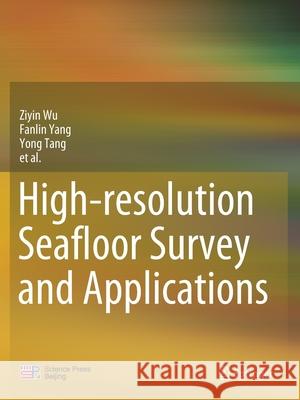High-Resolution Seafloor Survey and Applications » książka
topmenu
High-Resolution Seafloor Survey and Applications
ISBN-13: 9789811597527 / Angielski / Miękka / 2021 / 420 str.
Kategorie BISAC:
Wydawca:
Springer
Język:
Angielski
ISBN-13:
9789811597527
Rok wydania:
2021
Ilość stron:
420
Waga:
0.93 kg
Wymiary:
27.94 x 20.96 x 2.18
Oprawa:
Miękka
Wolumenów:
01
Dodatkowe informacje:
Wydanie ilustrowane











